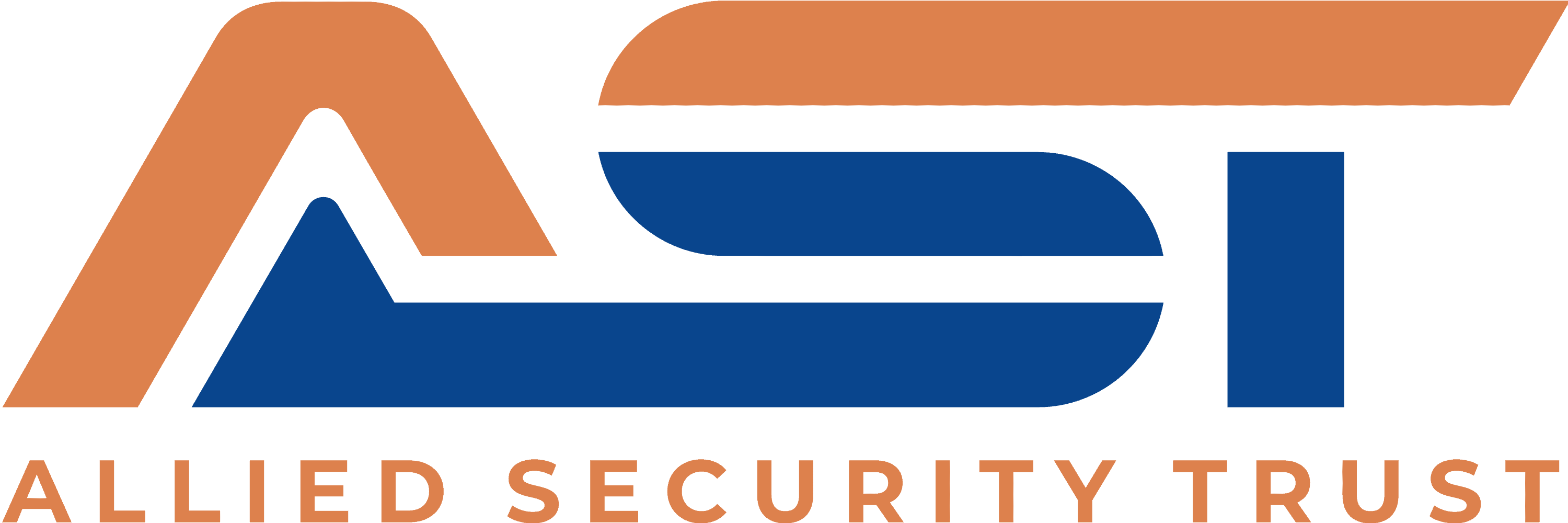 |
| Russell Binns |
Given that in my day job, I work for a nonprofit organization that helps companies mitigate risk from unwanted patent litigation and assertions, I have a particularly good vantage point across multiple industrial sectors as to what can go wrong when a company ignores patent risk, and as to the positive benefits that can accrue to those that put in place proactive patent protection strategies. The costs associated with intellectual property litigation are hard to deny. The average cost of IP litigation can easily range from $2 million to $5 million, depending on what’s at stake, and even the cost to invalidate patents at the U.S. Patent and Trademark Office is not too shabby, running between $250,000 and $500,000.
So with potential costs like these, why don’t more companies — from startups to large cap enterprises — invest a fraction of that amount in strategies to protect themselves from IP risks?
Certainly, when it comes to cars or to our health — perhaps because many of us have experienced either first- or secondhand the high cost of damage to your car or to your body — most of us know that a little investment now can protect you in the longer term. But many companies do not follow this simple logic when it comes to IP.
I believe that part of the answer lies in the way human beings are programmed psychologically to think about risk. While one might not immediately see the connection between our psychological makeup and decisions we might make around addressing intellectual property risk, I would argue that the two are inextricably linked. Therefore, if you can better understand how we think about risk, you should ultimately be able to make more informed decisions about developing an IP strategy that is right for your company.
How the Psychology of Risk Can Explain Our Approach to Intellectual Property Strategies
Researcher Donal O’Connell recently laid out a compelling theory on the psychology of human risk and IP. He cites research that shows that when asked to rate their chances of being adversely impacted by risk, more people tend to rate their own chances as above average. They also believe that negative things are more likely to happen to other people and positive things are more likely to happen to them. In addition, people tend to interpret risk information in a self-serving manner — and underestimate the impact if they fall victim to some unfortunate event — so they are inclined to ignore the risk.
O’Connell argues that because IP, by its very nature, incorporates elements of risks and rewards, we need to consider our psychological biases to how we think about risk so we can come up with IP strategies that more accurately reflect real rather than perceived risks.
You can see how risk psychology bears out in the different ways that companies approach IP risk mitigation, which O’Connell helpfully groups into three psychological profiles: deniers, reactors and proactors. Some companies operate in denial mode when it comes to IP — they simply refuse to accept or believe that the organization faces any IP related risks. Others, take a reactive approach, addressing IP risk only when a problem materializes. And finally, some organizations take a more proactive approach and treat IP risk management with the same level of professionalism as the other core IP processes, identifying risks early, conducting analyses of potential risks, prioritize these IP risks and then taking appropriate IP risk mitigation actions if and when needed.
What’s particularly exciting about this psychological framework for approaching IP risk is that it may partly explain why similarly situated companies in the same sector and with similar IP risk profiles might take such vastly different approaches to IP risk management. It also suggests that some companies may not be fully considering the IP risks they face and developing a strategy that is in their best interests.
Developing a Cost-Effective Strategy to IP Risk Mitigation
Another way to think about IP risk mitigation is that the difference between a proactive and reactive approach is not much different than the way a company approaches its customer service. We all know that a company that takes a reactive approach to a negative customer complaint may lose that customer and never get them back. But a company that takes a proactive approach to its customers, surveys them, listens to their concerns and is responsive can better anticipate customer needs, strengthen customer loyalty and minimize disruptions when problems arise. These proactive measures always benefit a company in the longer term.
So when it comes to IP, how can a company that typically operates in the denial or reactive mode go about developing a more proactive approach to their IP risk? Today, companies have a number of tools at their disposal. You can monitor the litigation landscape and try to follow the actions of patent assertion entities to see what may be coming, monitor the secondary marketplace to see what patents might be of risk; join a defensive aggregator; obtain IP insurance, if available; work with anti-counterfeit specialists; and acquire patents for defensive purposes. .
Companies can also become active members of organizations in the patent marketplace that foster collaboration (like Open Invention Network, Unified Patents, LOTnet and my organization, Allied Security Trust). Membership can offer several tools and advantages, including consortium buying, cost sharing on defensive patent acquisitions, and monitoring services of the secondary patent marketplace, as well as knowledge sharing among peers, including patent lawyers, licensing professionals, and IP experts at similarly situated companies.
More recently, the patent marketplace has seen some innovations in proactive purchase solutions with the arrival of fixed-price, fixed-term buying programs. These models streamline the patent selling and buying process by adhering to a fixed price, rapid response model. Google Inc. sparked this wave in 2015 with their Patent Purchase Program, whereby patent sellers had a specified window during which they could submit patents for purchase consideration by Google. We at AST followed with our IP3 patent purchase program in 2016, modeled after Google’s program but open to multiple buyers across various industries. And this year, we’ve seen this trend proliferate, with Uber Technologies Inc.’s own fixed-price, fixed-term buying program and AST’s IP3 2017 program.
I think it’s quite possible that we’re seeing more interest in these types of programs because they are simplifying the process and providing more risk mitigation for less money, while providing rights to high quality assets to participating companies on the buying side. If we look at AST’s 2016 IP3 program, 1,378 total deals were submitted by 434 patent owners, and more than 90 percent of these sellers had previously participated in the secondary market, which means that the program attracted experienced, sophisticated sellers.
But what’s perhaps most notable about the data we have analyzed thus far from our forays into fixed-price programs — and perhaps most relevant for companies that are ambivalent about taking a proactive approach to protecting their patent portfolios — is that the average price per family of patents purchased in IP3 was approximately $96,000, and the median price was $100,000. In other words, the cost of purchasing patents proactively with other companies through a fixed-price program such as IP3 is but a fraction of the cost of patent litigation or even patent challenges at the USPTO.
In conclusion, as a passionate advocate of the benefits of a proactive risk mitigation approach to intellectual property, I believe that a strong offense really is the best defense. I encourage companies and their chief legal officers and patent lawyers, in particular, to consider the psychological biases that they naturally bring to their risk mitigation decision-making processes, so that they can design cost-effective strategies that protect their companies and save their companies money and stress in the longer run.
Russell W. Binns Jr. is CEO of Allied Security Trust in Princeton, New Jersey, and former chief intellectual property counsel for Avaya Inc.
The opinions expressed are those of the author(s) and do not necessarily reflect the views of the firm, its clients, or Portfolio Media Inc., or any of its or their respective affiliates. This article is for general information purposes and is not intended to be and should not be taken as legal advice.


